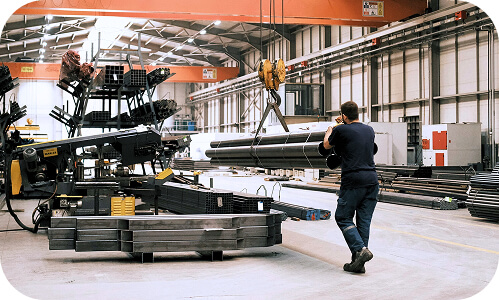While it seems restrictive to stop someone from doing what they were trained to do, restraint of trade agreements are valid and enforceable in New...
Published 6 Aug 2025 | 2 min read
If you run a business that uses machinery, chances are you’ve been tripped up by confusing safety rules.
Machine guarding laws have been in place for years, but they’re now so outdated that compliance has become a guessing game.
Business owners are being told different things by different inspectors about identical equipment setups.
That uncertainty costs time, adds stress, and creates serious risk.

